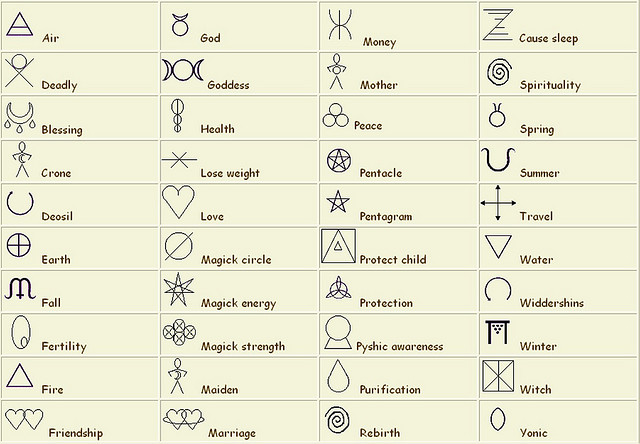The origins of Western Astrology come from the ancient Babylonian and Mesopotamian as well as Sumerian and Egyptian, but here are the mythological origins from the Greek. Aries -- Ram of the Golden Fleece, Taurus -- Europa's ravishment by Zeus, Gemini -- the twins Castor and Pollux, Cancer -- Hera's giant crab sent to attack Hercules during the battle with the Hydra, Leo -- the Nemean Lion, Virgo -- goddess of purity and innocence, Astraea. Last to return to the heavens when Pandora opened the box and is associated with Dike goddess of justice, Libra -- scales of Themis, goddess of divine justice, Scorpio -- the scorpion that killed Orion, Sagittarius -- Chiron the centaur, Capricorn -- goat Amalthea who fed the infant Zeus or Pan, Aquarius -- Ganymede, Pisces -- Aphrodite and Eros escaping Typhon.
There are different versions of why the Chinese Zodiac (sheng xiao) animals are in the order that they are. Most have the a competition that a heavenly being (be it the Jade Emperor, Yellow Emperor, etc.) has ordered. The race would decide the order. The cat and the rat were friends, and it ends up somehow the cat was left out of the race by some means by the rat, albeit on purpose or not. So once good friends are eternal enemies. You can go HERE or HERE or even Wikipedia even to read. Also the animals change with the different countries. In different Asian countries, some of the animals are altered slightly, but on the whole they are similar.
The Celtic one is fairly new. The ancient Celtic calender was more fluid, using the lunar cycle as a guide. It is also probable they were not named for trees or animals. Most likely they were named for the quadrants. Samhain, "Summer's End", would be an example.
So here is a brief rundown of signs and their months/years.
Western
Capricorn
-- The Goat - Dec. 22–Jan. 19
Aquarius -- The Water Bearer - Jan. 20–Feb. 18
Pisces -- The Fishes - Feb. 19–Mar. 20
Aries -- The
Ram - Mar. 21–Apr. 19
Taurus -- The Bull - Apr. 20–May 20
Gemini -- The Twins -May 21–June 21
Cancer
-- The Crab - June 22–July
22
Leo -- The Lion - July 23–Aug. 22
Virgo -- The Virgin -Aug. 23–Sept. 22
Libra -- The Balance - Sept. 23–Oct. 23
Scorpio -- The Scorpion - Oct. 24–Nov. 21
Sagittarius -- The Archer - Nov. 22–Dec. 21
Chinese
Zi – Rat – 1936, 48, 60, 72, 84, 96, 2008, 20
Chou – Ox – 1937, 49, 61, 73, 85, 97, 2009, 21
Yin – Tiger -- 1938, 50, 62, 74, 86, 98, 2010, 22
Mao-- Rabbit -- 1939, 51, 63, 75, 87, 99, 2011, 23
Chen – Dragon -- 1940, 52, 64, 76, 88, 2000, 12, 24
Si – Snake -- 1941, 53, 65, 77, 89, 2001, 13, 25
Wu -- Horse -- 1942, 54, 66, 78, 90, 2002, 14, 26
Wei – Sheep -- 1943, 55, 67, 79, 91, 2003, 15, 27
Shen – Monkey -- 1944, 56, 68, 80, 92, 2004, 16, 28
You – Rooster -- 1945, 57, 69, 81, 93, 2005, 17, 29
Xu – Dog -- 1946, 58, 70, 82, 94, 2006, 18, 30
Hai – Pig -- 1947, 59, 71, 83, 95, 2007, 19, 31
Celtic
Beth – Birch – Dec. 24 to Jan. 20
Luis -- Rowan – Jan. 21 to Feb. 17
Nion -- Ash – Feb. 18 to Mar. 17
Fearn -- Alder - Mar. 18 to Apr. 14
Saille – Willow – Apr. 15 to May 12
Uath
-- Hawthorn - May 13 to June 9
Duir
– Oak - June 10 to July 7
Tinne
– Holly - July 8 to Aug.4
Coll
– Hazel – Aug. 5 to Sept. 1
Muin
– Vine- Sept. 2 to Sept. 29
Gort --Ivy - Sept. 30 to Oct. 27
Ngetal
-- Reed – Oct.28 to Nov. 24
Ruis -- Elder –Nov. 25 to Dec. 22
Disclaimer: None of these pictures belong to me. I found them on Google.
Disclaimer: None of these pictures belong to me. I found them on Google.
















